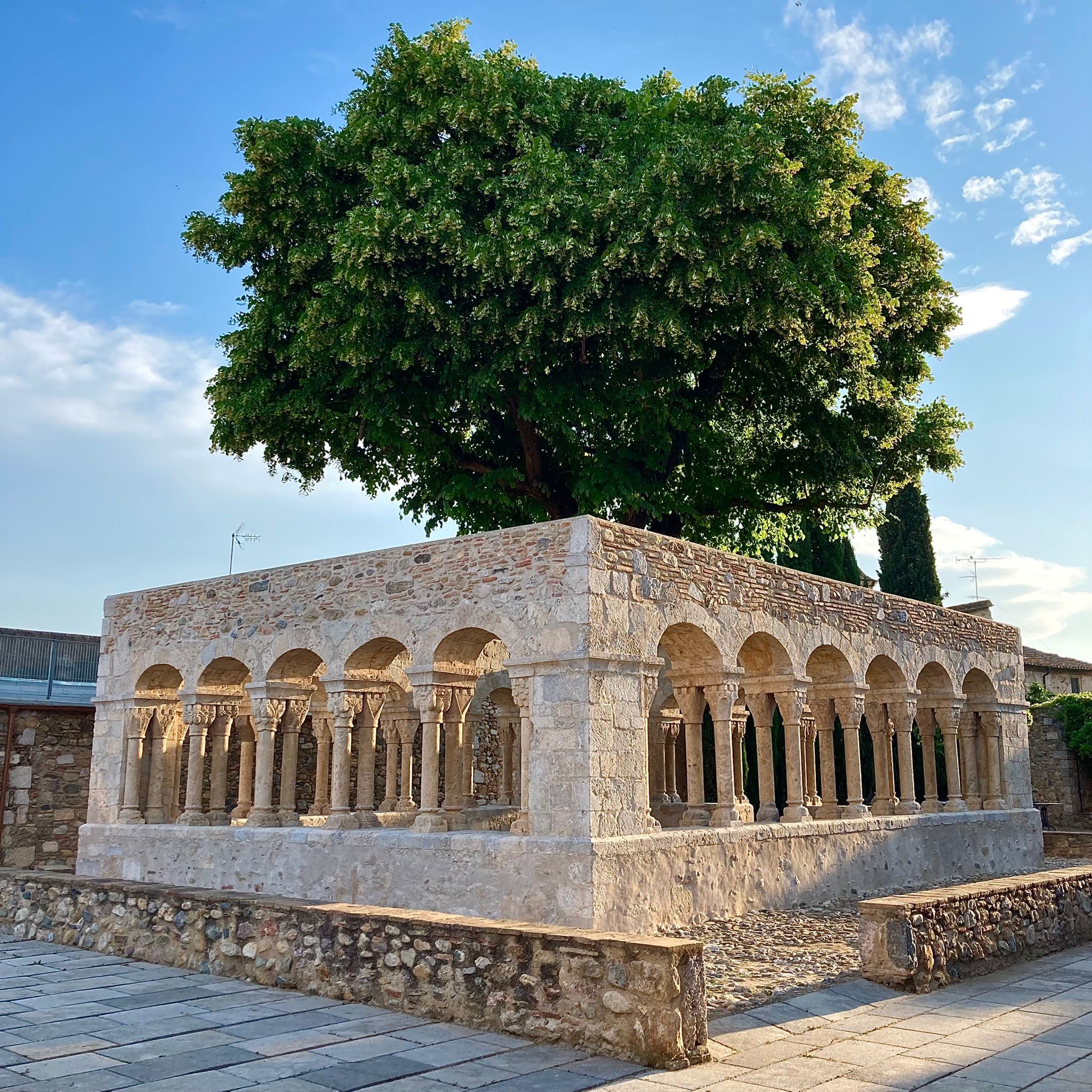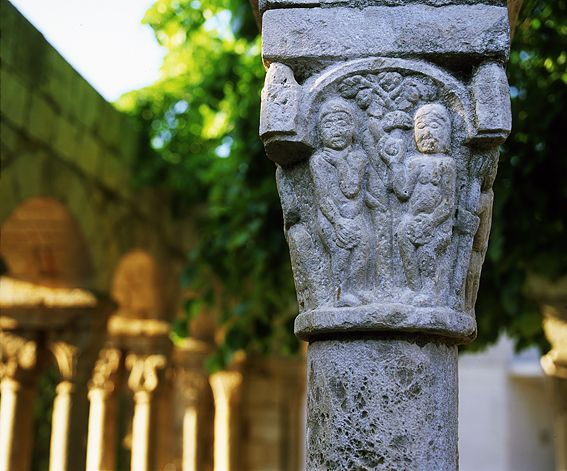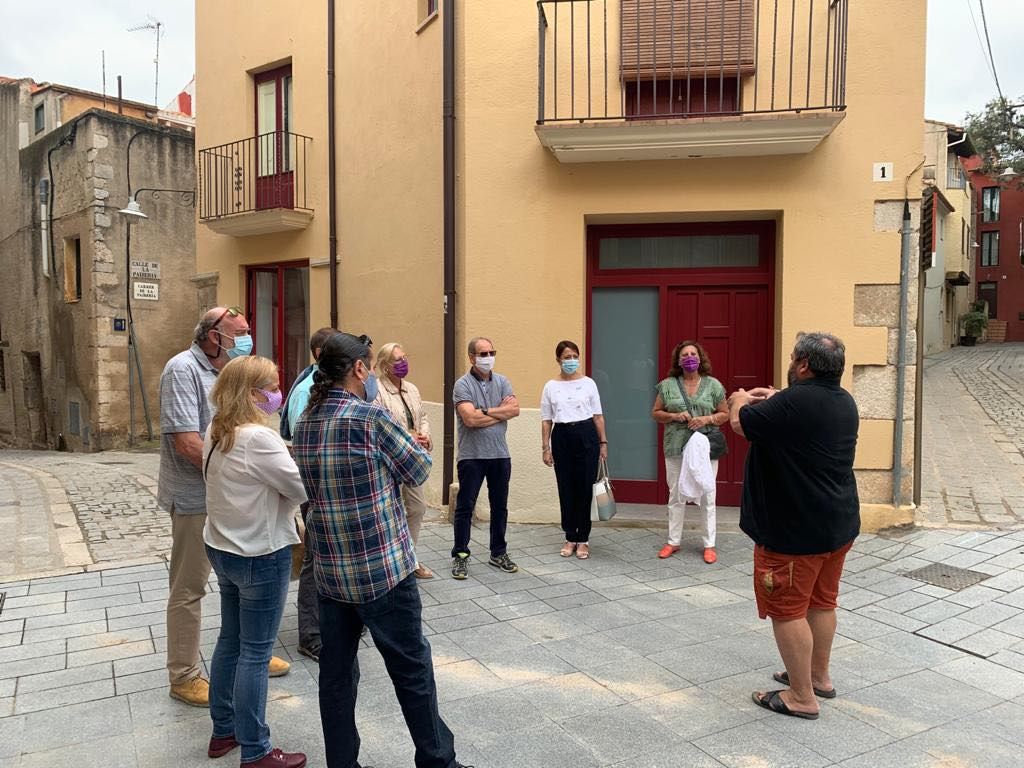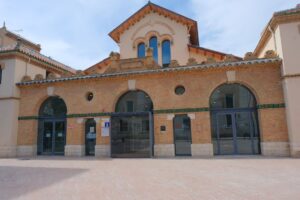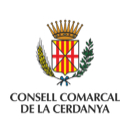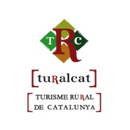Centre de Turisme Cultural Sant Domènec (Ajuntament de Peralada)
The center is home to the Tourist Office and the Town Museum, an interactive and dynamic space where the figure of the Chronicler Ramon Muntaner, the medieval Peralada and the rich landscapes and culture of the Empordà are diffused. The Museum exhibits archaeological pieces that have appeared in Peralada, such as ceramic pieces, the stamp array of Viscount Guillem de Castellnou or the great painting “L’Heroïna de Peralada”, by Antoni Caba i Casamitjana. The showroom usually hosts exhibitions of painting, drawing or photography. Finally, the sculptural ensemble of the cloister of Sant Domènec, the only remaining vestige of an Augustinian convent founded in the 11th century, preserves columns and capitals with biblical and profane scenes of great expressive force. It has been recently restored.
CONCTACT INFORMATION
Centre de Turisme Cultural Sant Domènec (Ajuntament de Peralada)
Experiences what offers
-
Guided Tours
Discover the history of Peralada through its medieval old town, Vilanova de la Muga and the figure of Ramon Muntaner. The various guided tours made from the Sant Domènec Cultural Tourism Center allow you to get to know the most important heritage and cultural elements of the town through three visits: “Peralada, a journey into the past”, “Santa Eulàlia, a treasure of the Empordà” and the literary route “What will I tell you? Ramon Muntaner i Peralada”.
-
Town Museum of Peralada
The Sant Domènec Cultural Tourism Center hosts the town’s Tourist Office and at the same time hosts the Town Museum, an interactive and dynamic space where the figure of the Chronicler Ramon Muntaner, the medieval Peralada and the rich landscapes are diffused, and cultural events in the Empordà that tell the history of Peralada. The Museum exhibits archaeological pieces that appeared in Peralada, such as ceramic pieces, the oldest from the 4th century BC; the Triumphal Key, 1208; the stamp array of Viscount Guillem de Castellnou, from the end of the 13th century; the mancus and the Malagasy gold coins; the painting and the preparatory sketches of a great picture of history, “L’Heroïna de Peralada”, by Antoni Caba i Casamitjana.
Romanesque cloister of Sant Domènec: the town’s past is reflected in its monumental ensemble. One of its most important heritage elements is the Romanesque Cloister of Sant Domènec from the 12th century. This is the only remaining vestige of an Augustinian convent founded in the second half of the 11th century. It is a space of great beauty, which preserves columns and capitals with biblical and profane scenes of great expressive force. It has been recently restored.

